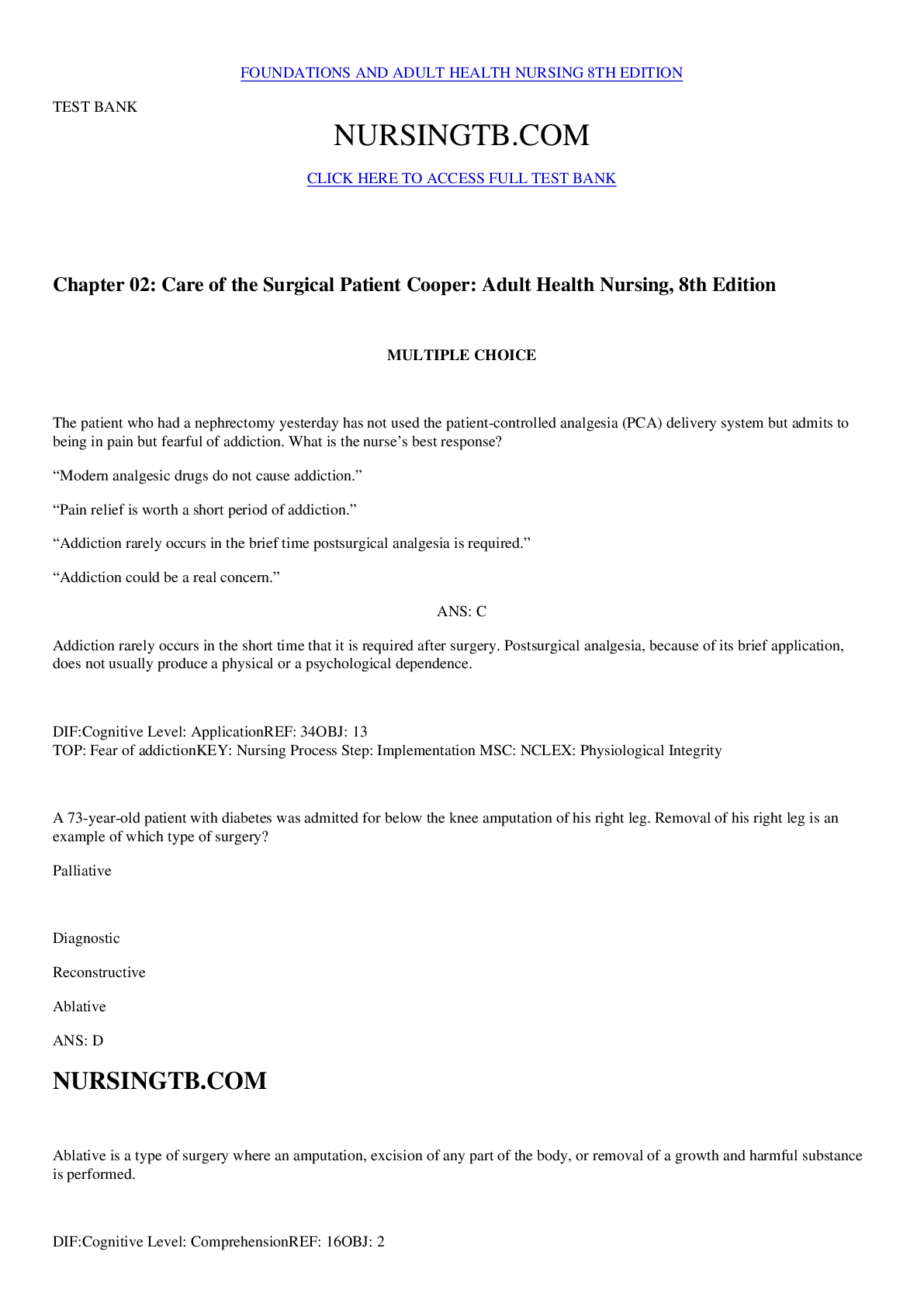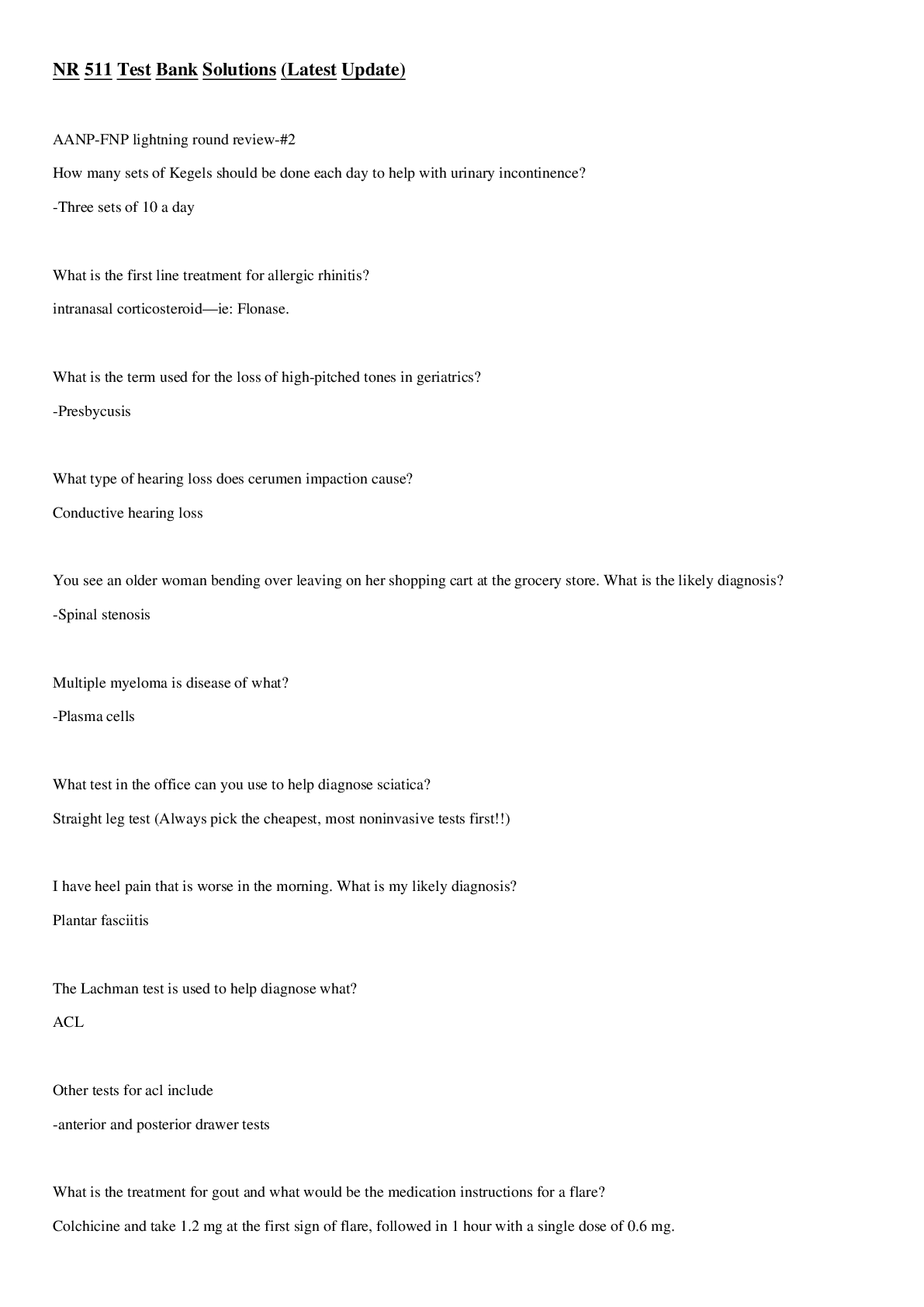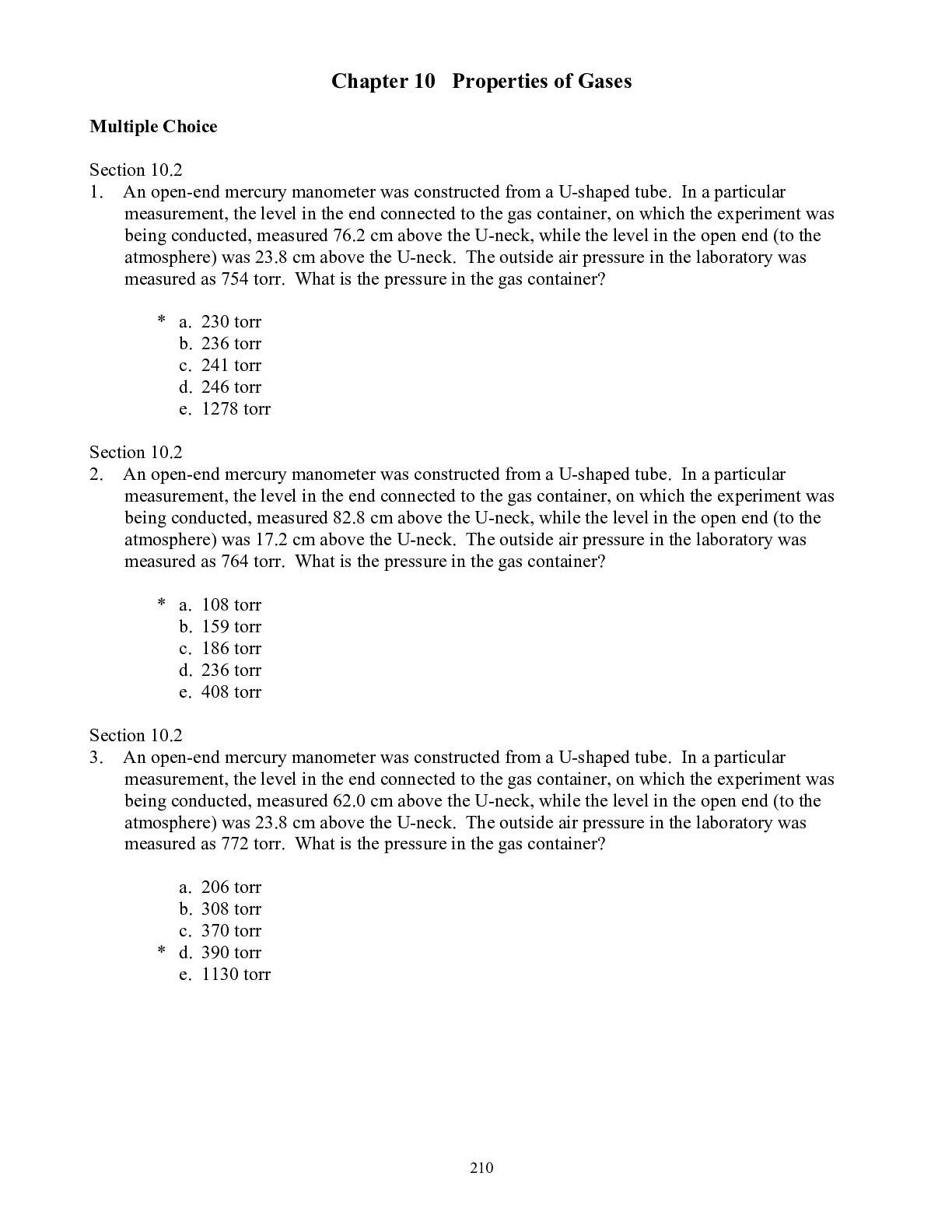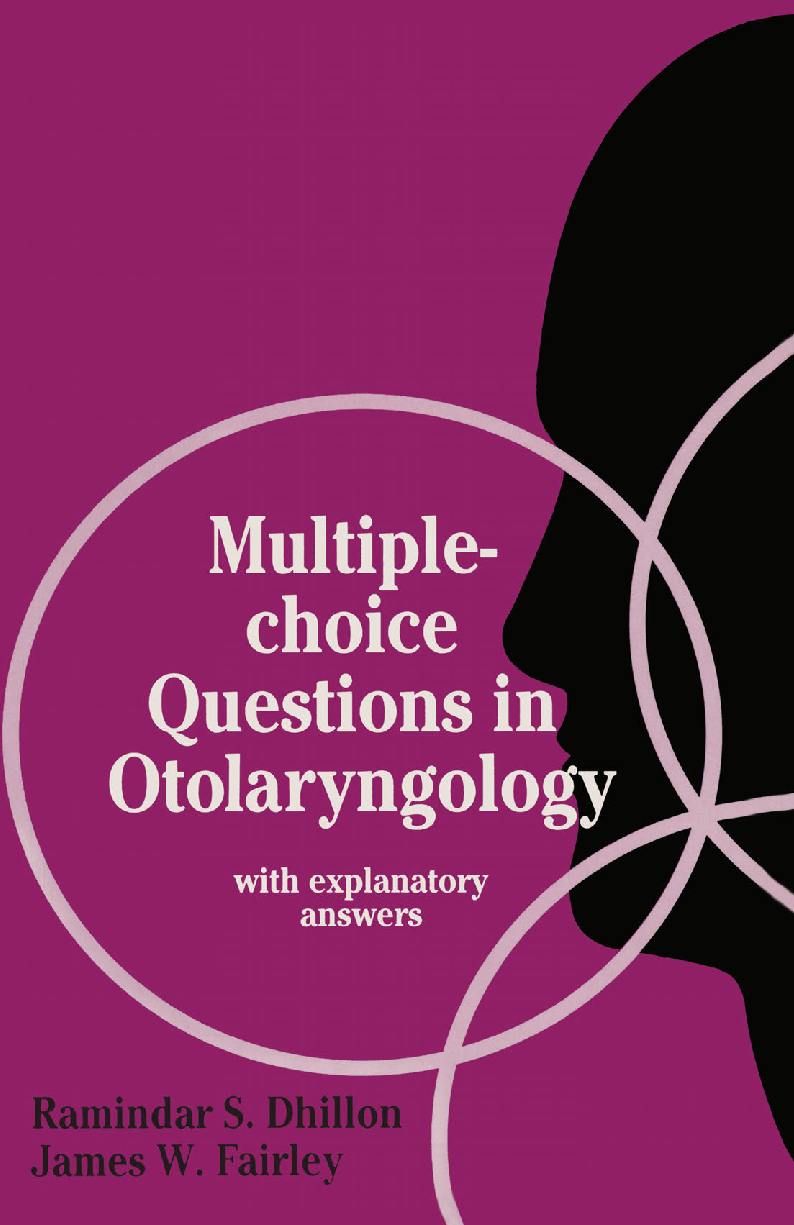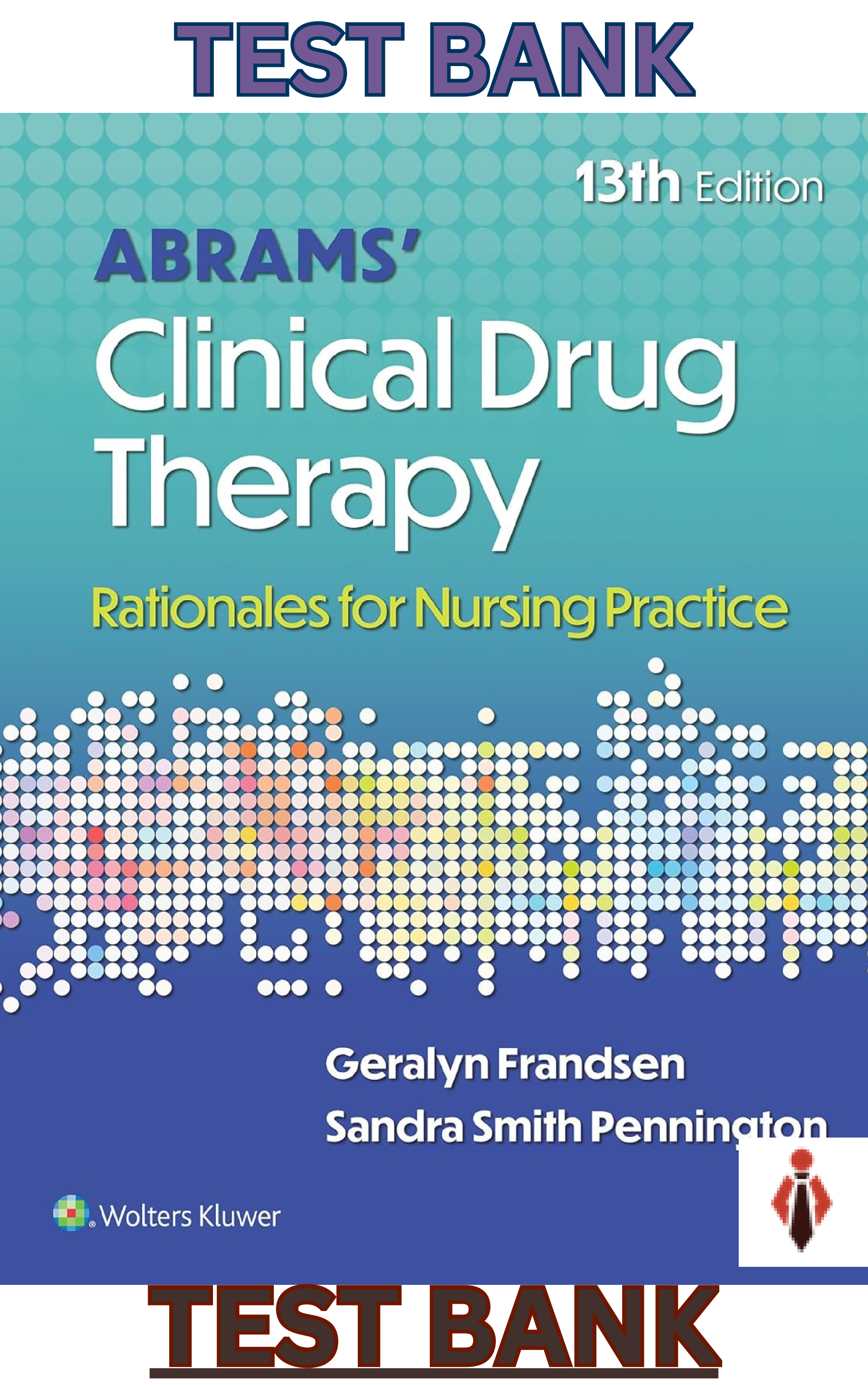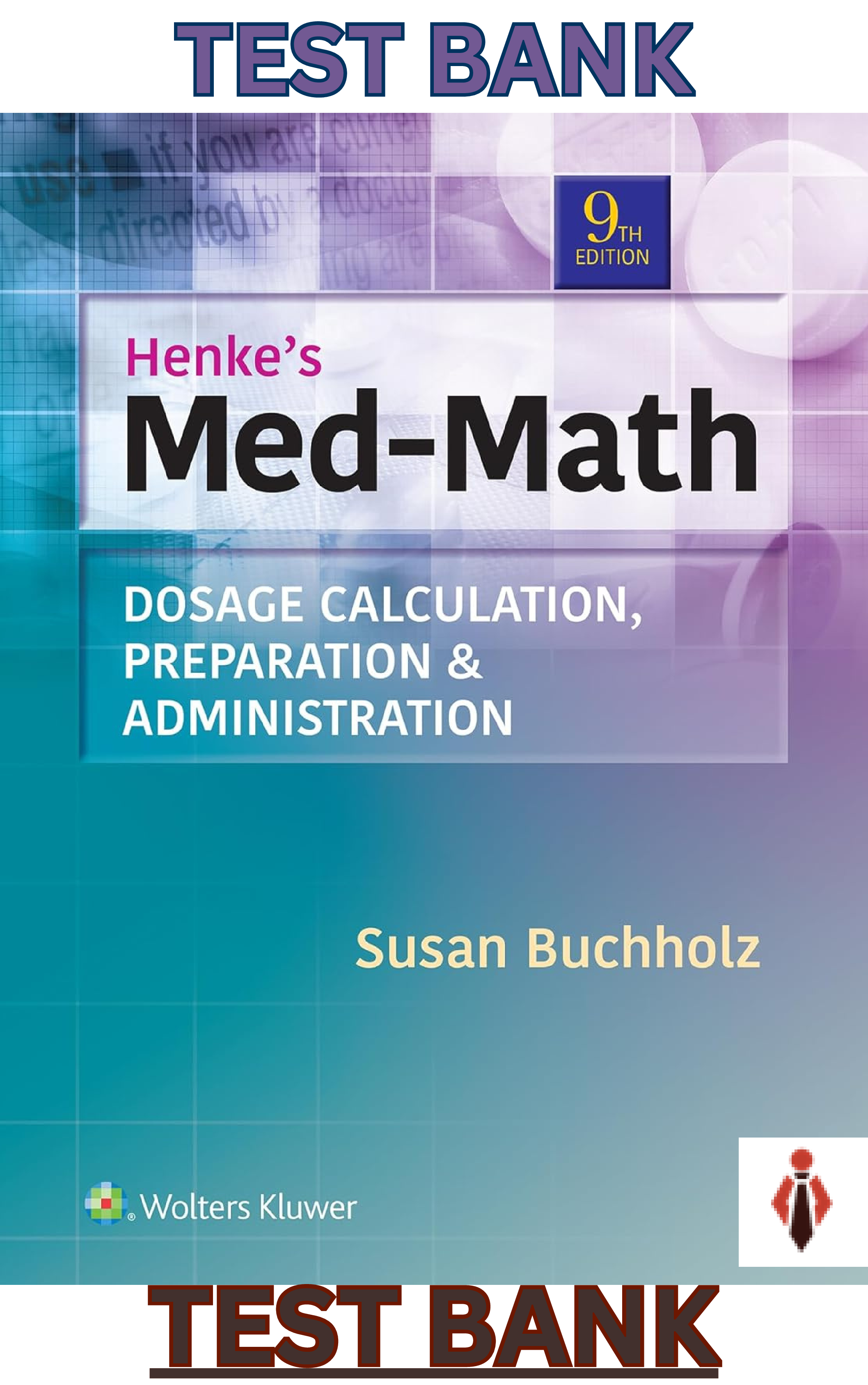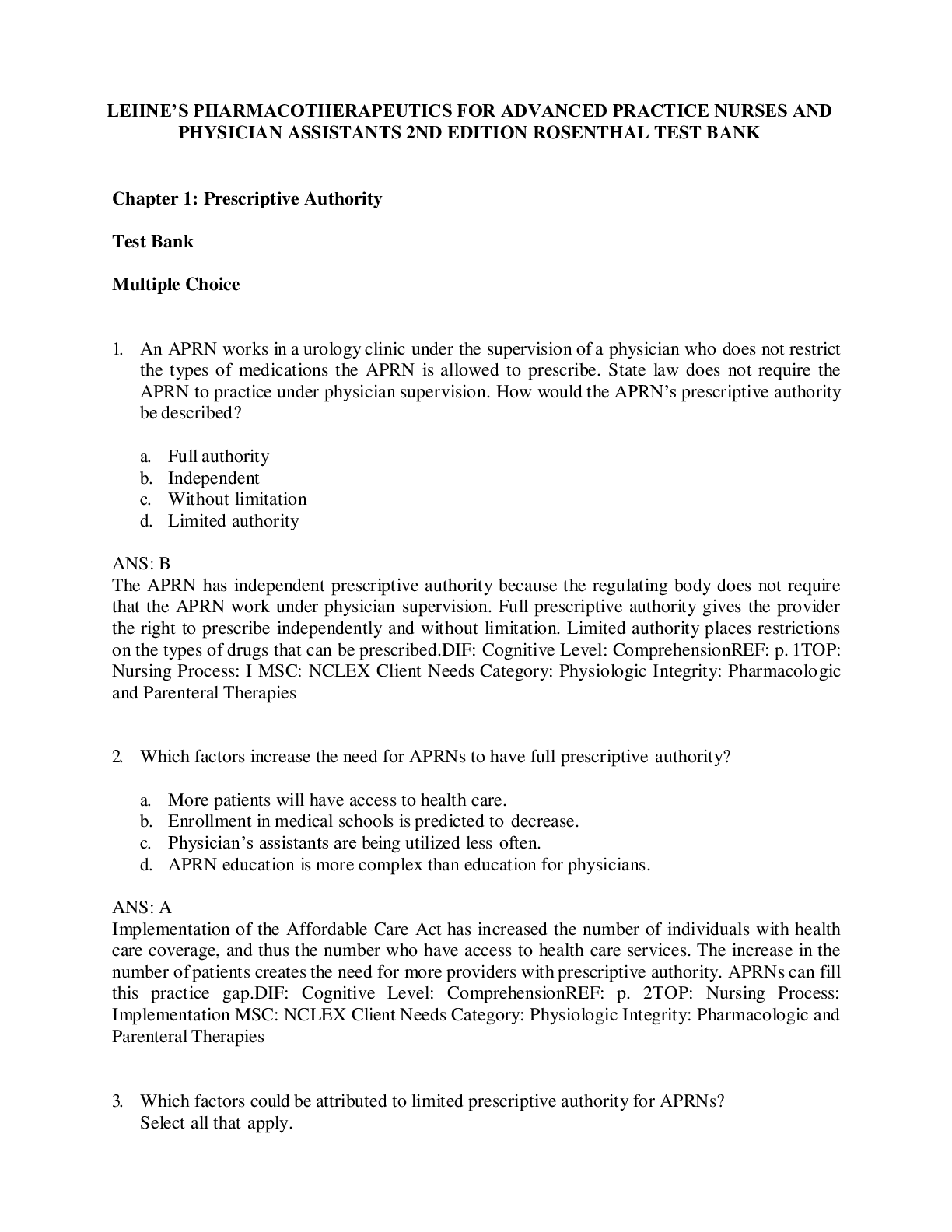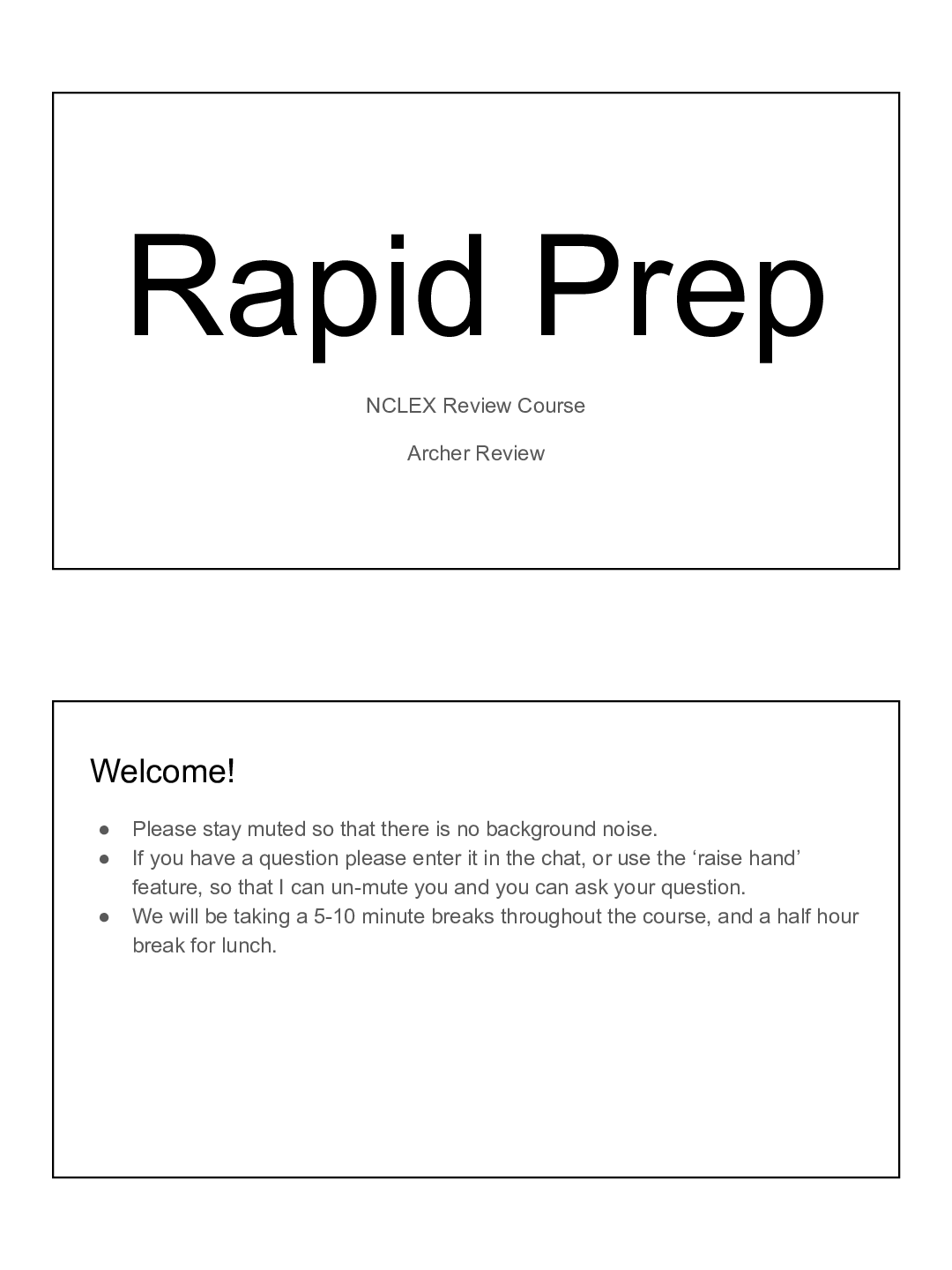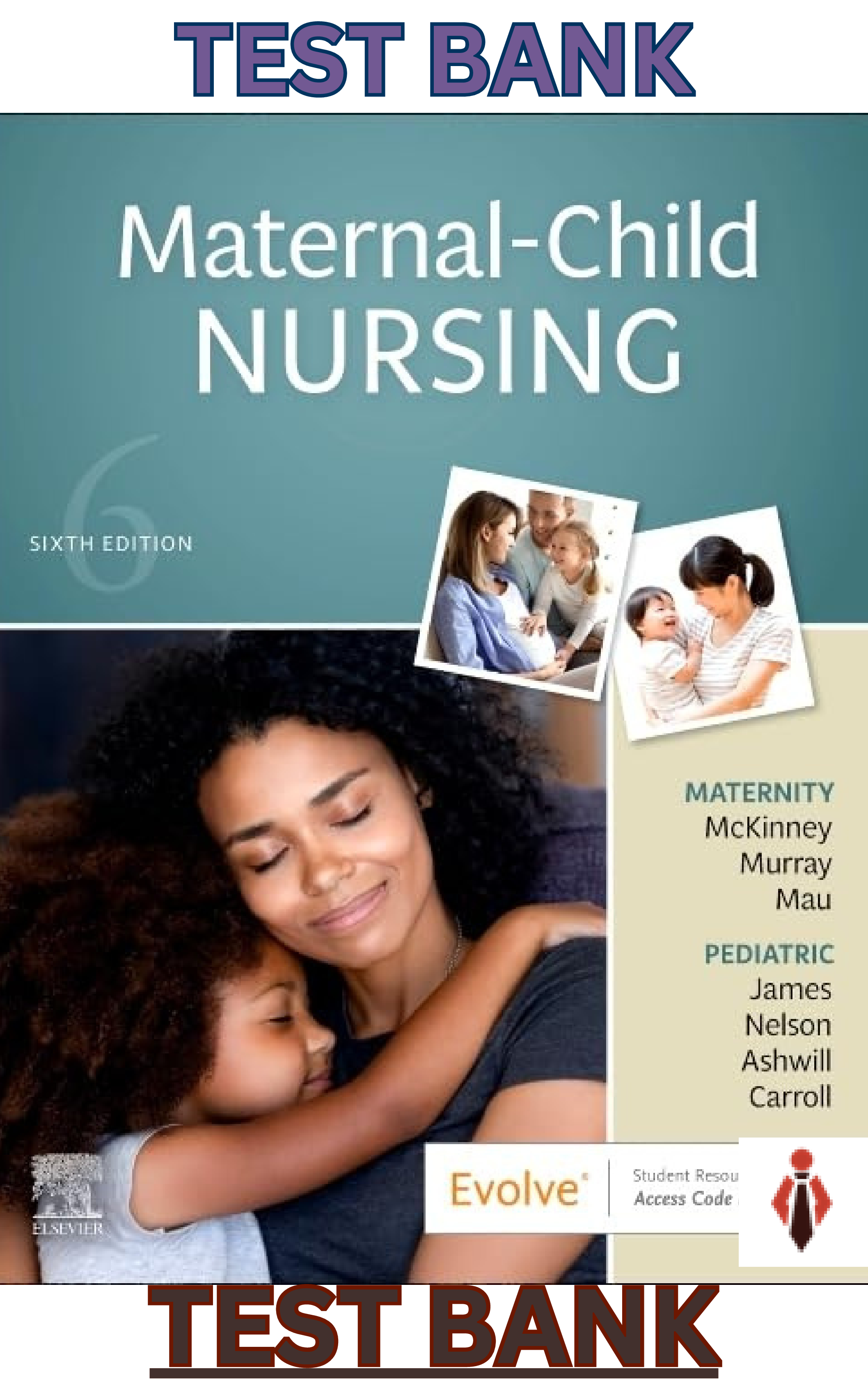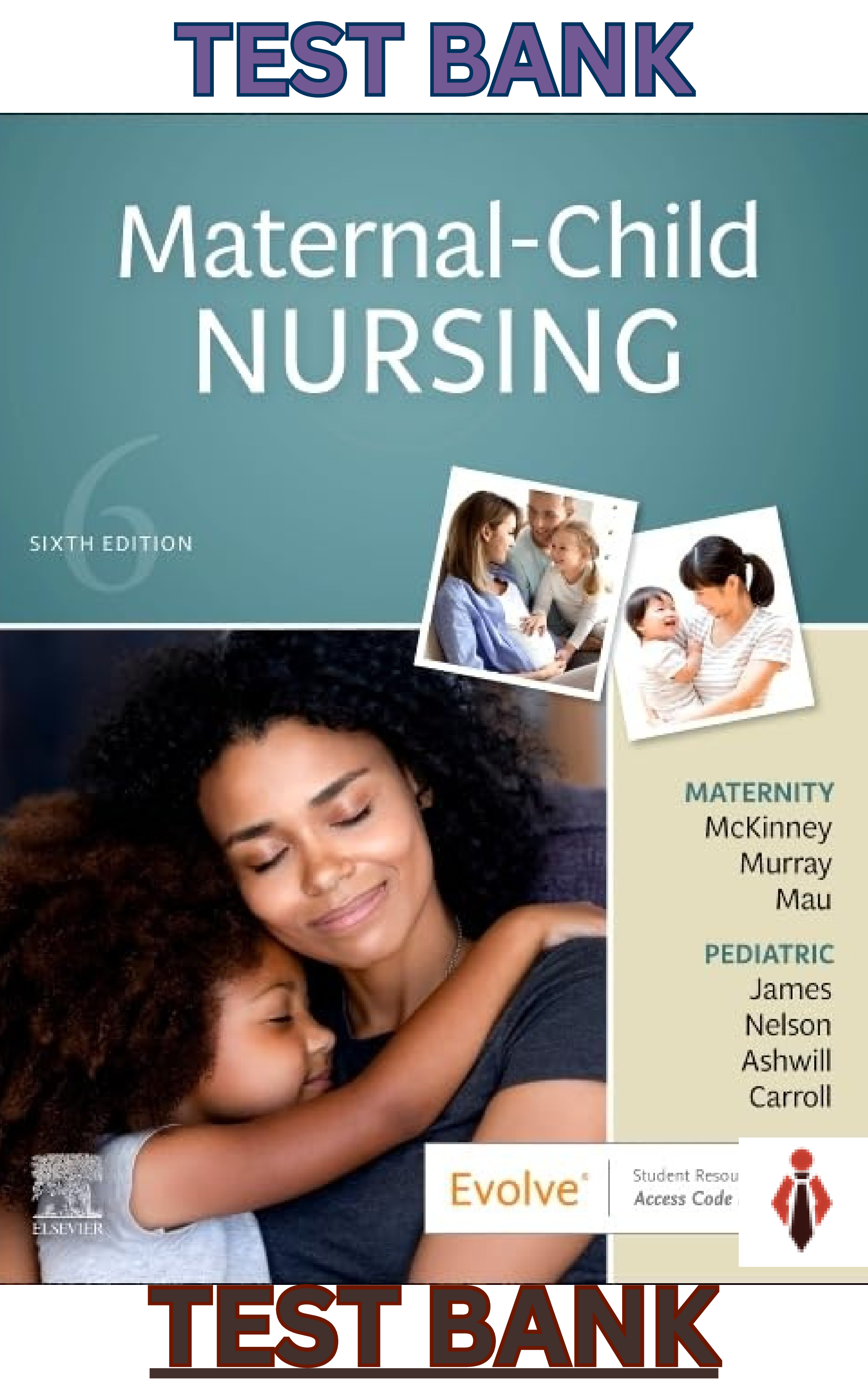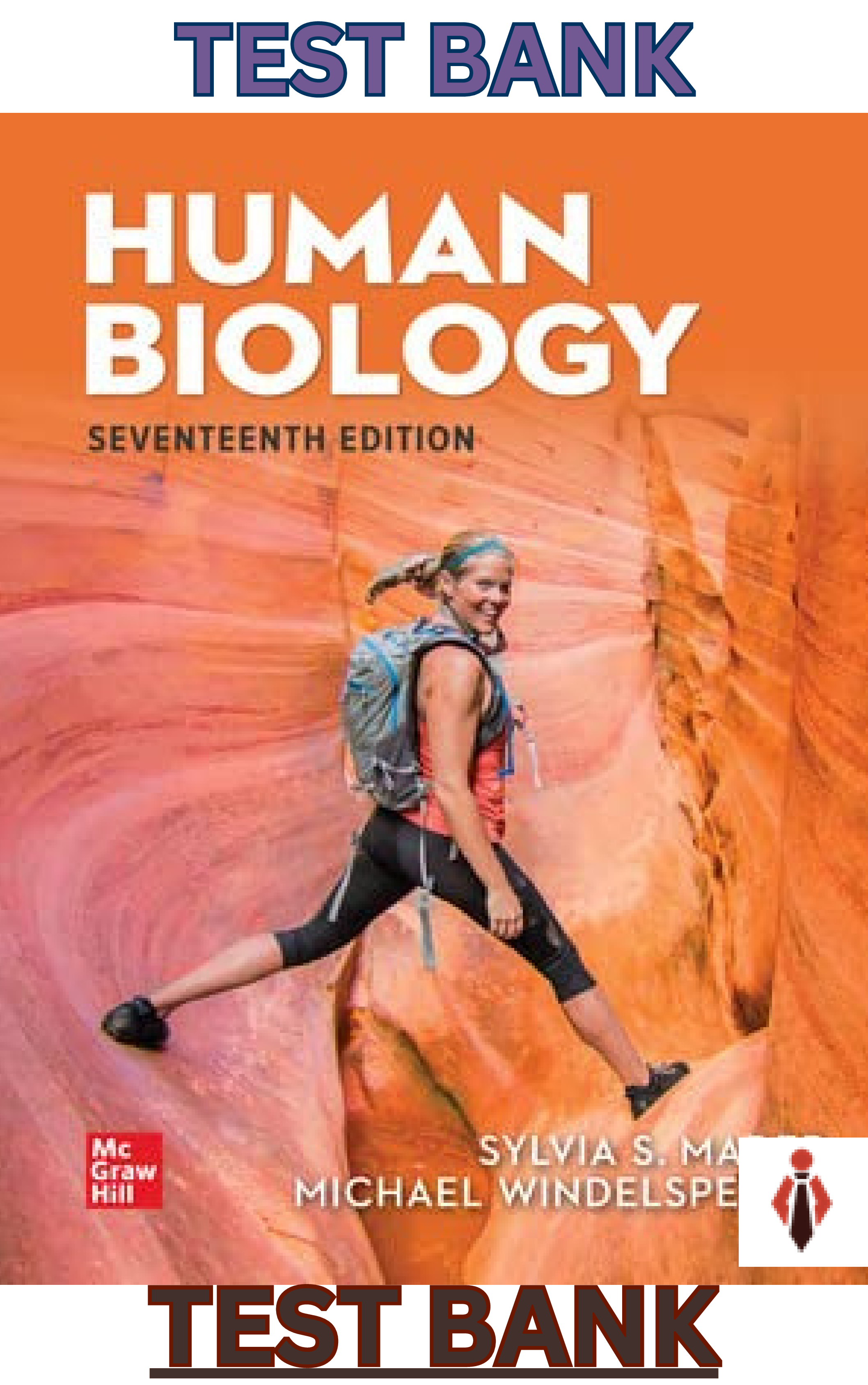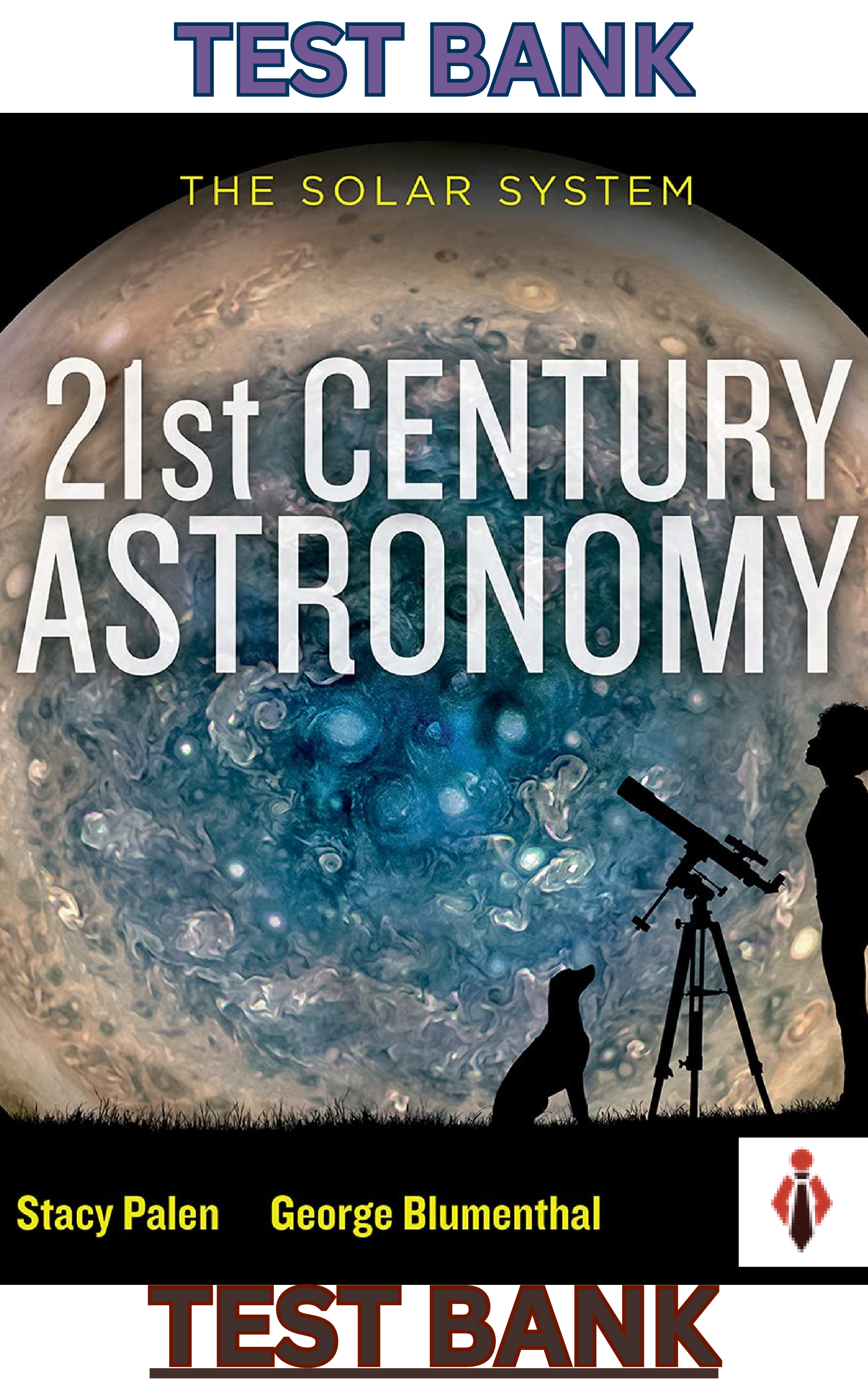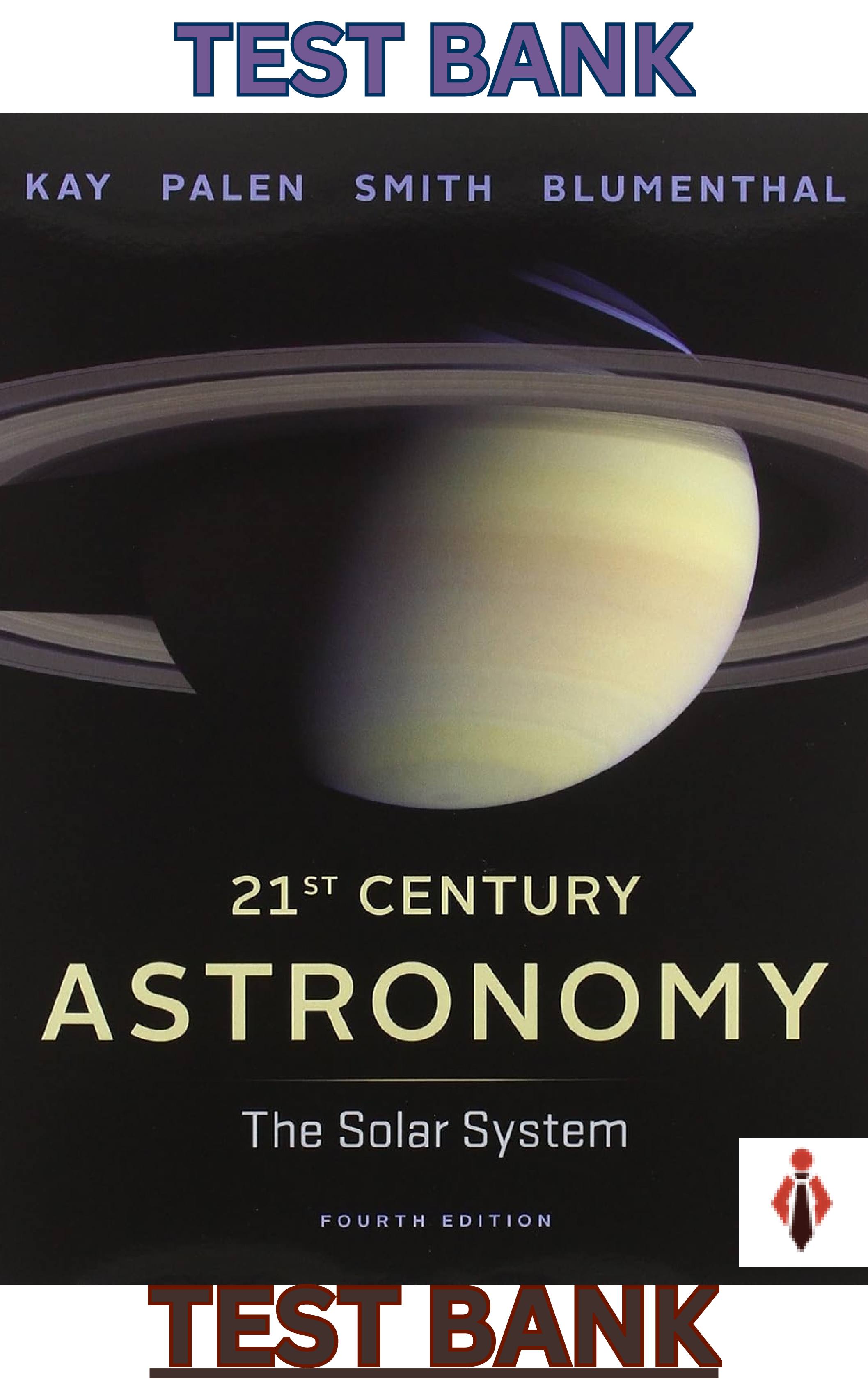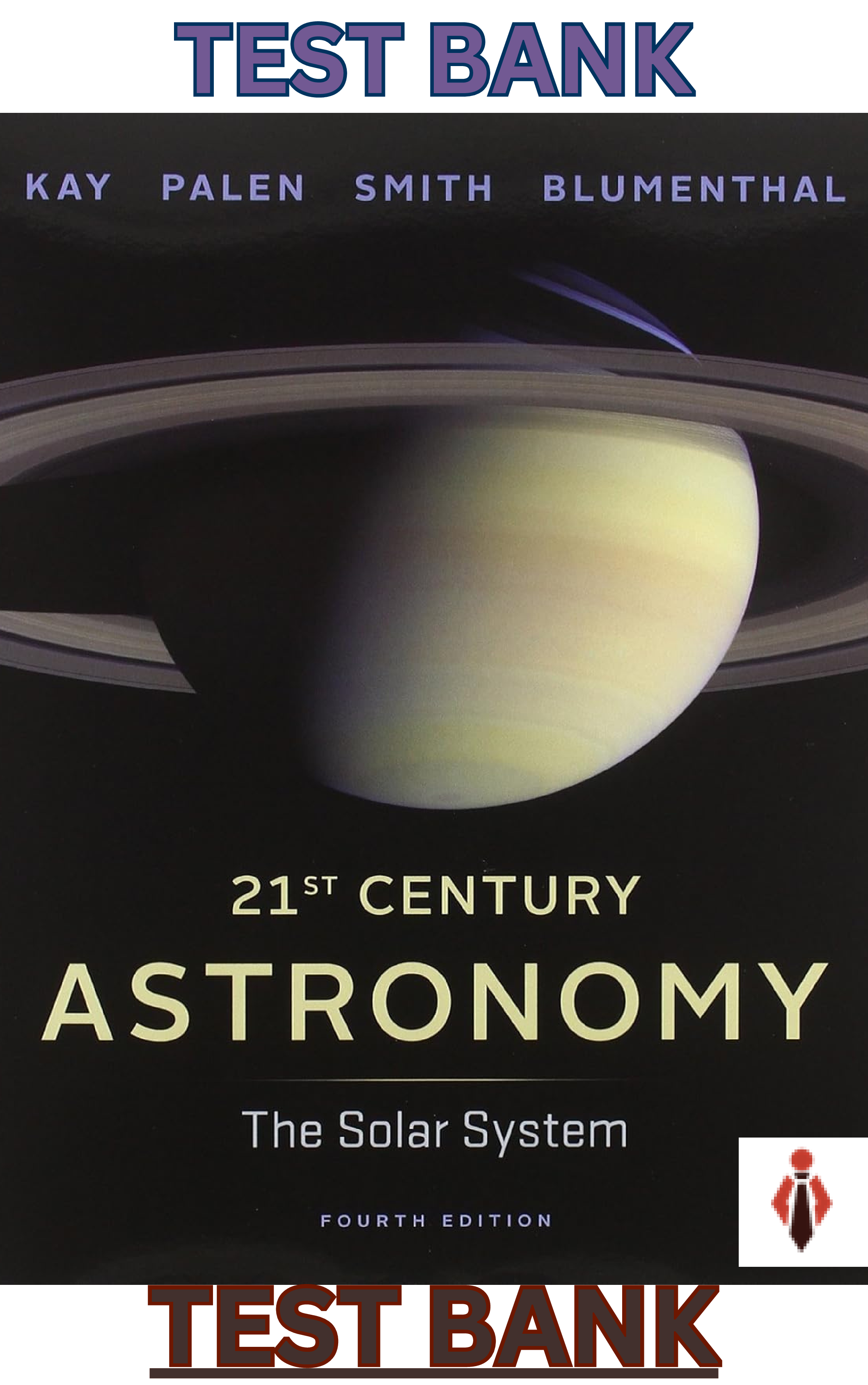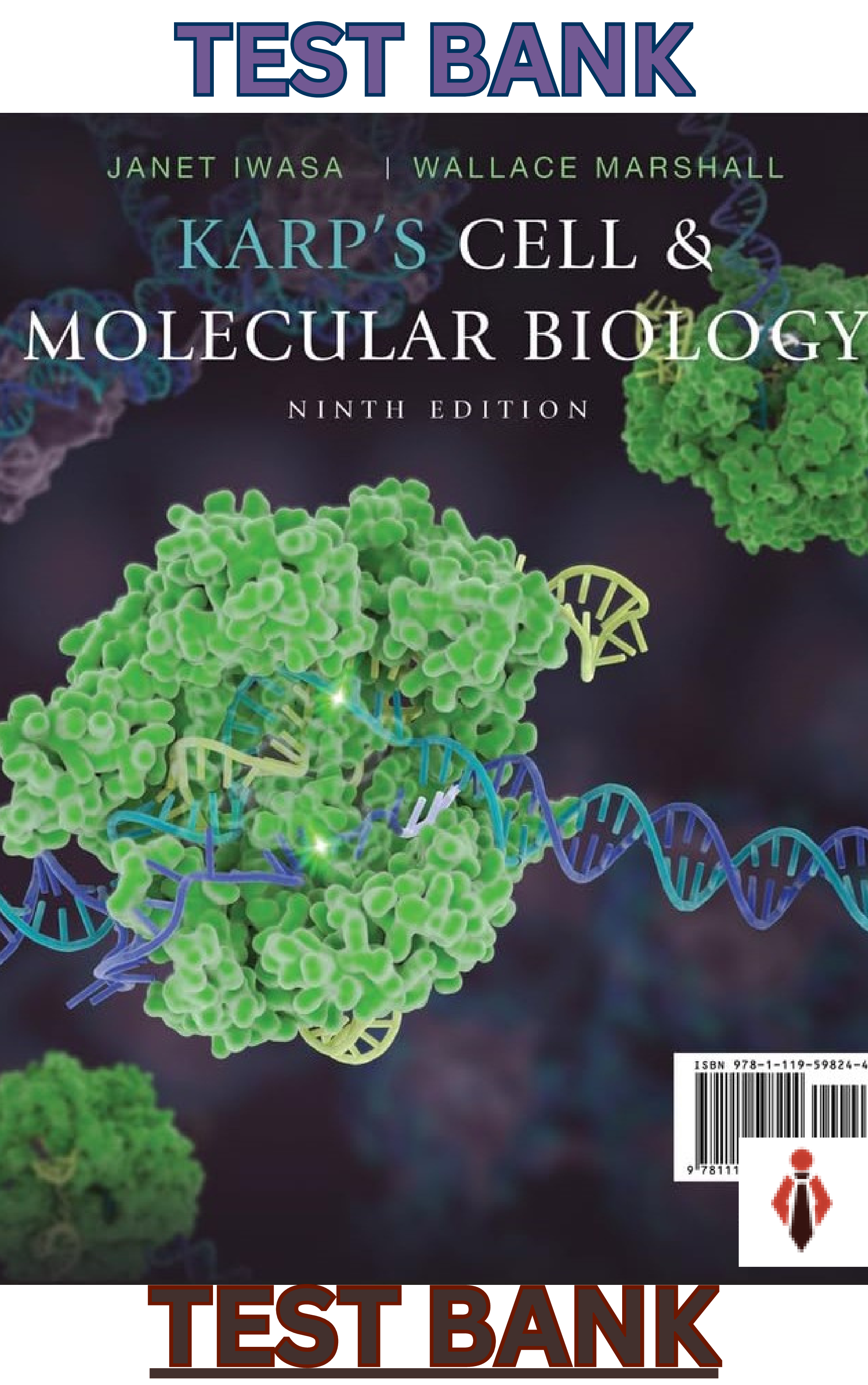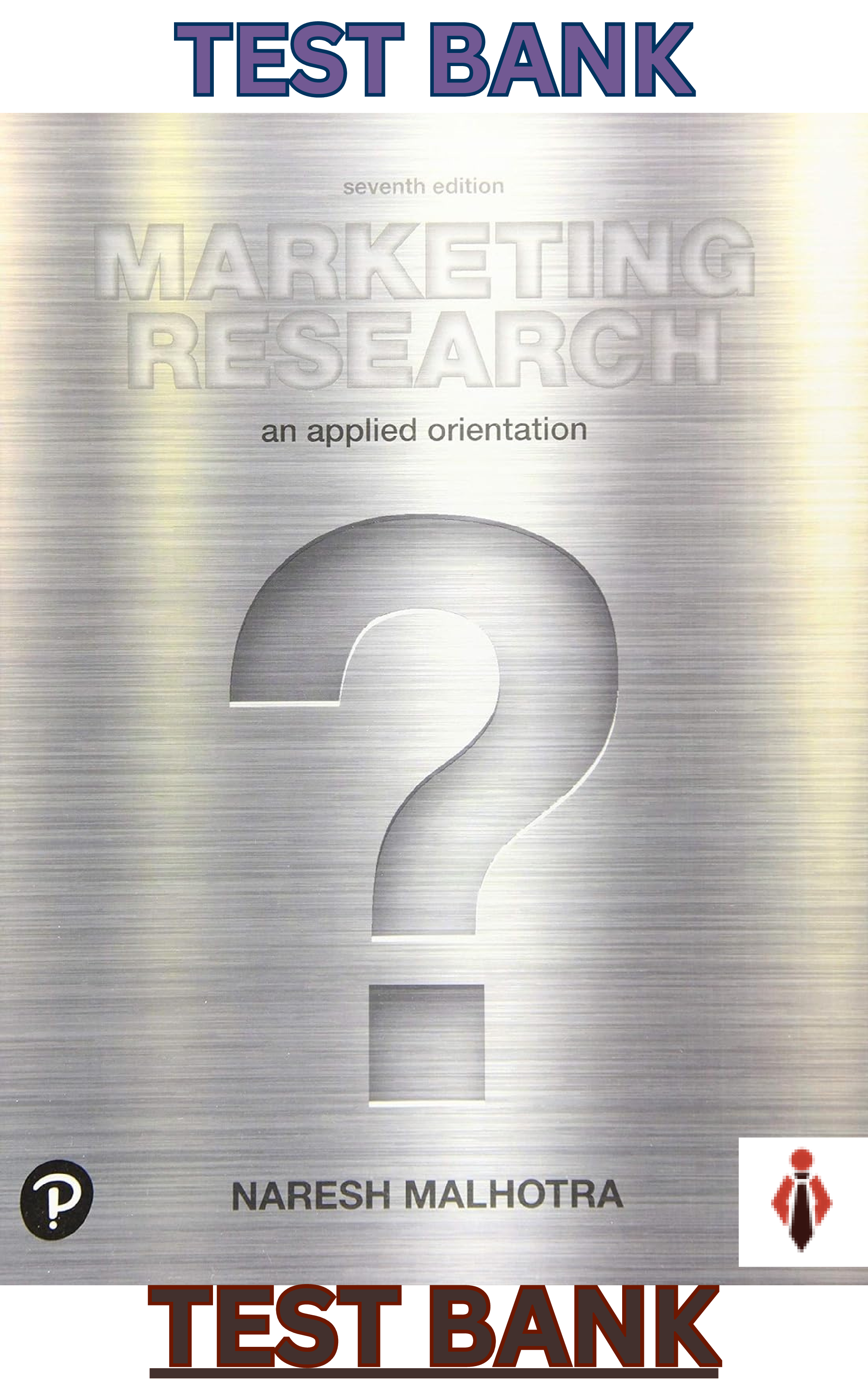*NURSING > TEST BANK > A. Mark Dalton FRCS (A&_E) Ed (auth.) - Multiple-choice Questions in Accident and Emergency_ with (All)
A. Mark Dalton FRCS (A&_E) Ed (auth.) - Multiple-choice Questions in Accident and Emergency_ with explanatory answers-Macmillan Education UK (1992).pdf
Document Content and Description Below
CONTENTS Acknowledgements X Introduction 1 Psychiatry 2 1 Delirium tremens 2 2 Hysteria 2 3 Symptoms characteristic of depressive illness 2 4 Increased rate of suicide 4 5 Suicide 4 6 Acute c... onfusion 4 7 Acute confusional states 4 8 Significant overdose of tricyclic antidepressants 6 Pharmacology 6 9 Local anaesthetics 6 10 Lignocaine 6 11 Tetanus toxoid 8 12 Benzodiazepines 8 13 Benzodiazepines 8 14 Benzodiazepine overdose 8 15 Diazepam 8 16 Ingestion of corrosives 10 17 Naloxone 10 18 Glue sniffing 10 19 Differences between pethidine and morphine 12 20 Heroin (diamorphine) 12 21 Frusemide 12 22 Phenothiazines 12 23 Beta blockers 12 Accident and emergency 14 24 Deaths notifiable to the coroner 14 25 Treatment by primary suture 14 26 Avulsed teeth 16 27 Anaphylaxis 16 28 Carbon monoxide poisoning 18 29 Upper airways obstruction 20 30 Spontaneous pneumothorax 22 31 Tension pneumothorax 22 32 Pneumothorax 22 33 Scalp lacerations 22 34 Suspected paracetamol overdose 24vi MCOs in ACCIDENT AND EMERGENCY 35 Paronychia 24 36 Bier's block 24 37 Legal issues 26 Medicine 26 38 Bell's palsy 26 39 Bell's palsy 26 40 Features of left ventricular failure on X-ray 28 41 Reiter's disease 28 42 Subarachnoid haemorrhage 28 43 Patients with signs of cerebrovascular disease 30 44 Pulmonary embolus 30 45 Characteristic ECG changes in pulmonary embolus 30 46 Hypoglycaemia 32 47 Hypoglycaemia 32 48 Hypoglycaemia 32 49 Diabetic ketoacidosis 32 50 Diabetic ketoacidosis 32 51 Patient with severe asthma 34 52 Asthma 34 53 Signs of severe asthma 34 54 Management of acute asthma 34 55 Management of acute asthma 34 56 Acute myocardial infarction 36 57 ECG changes characteristic of acute myocardial infarction 36 58 Interpretation of the electrocardiogram 36 59 Waves on the electrocardiogram 36 60 Arterial blood gases 38 61 Aspirin overdose 38 62 Altered sensation 38 63 Transient ischaemic attacks 40 64 Concerning transient ischaemic attacks 40 65 Factors associated with transient ischaemic attacks 40 66 Recognised complications of blood transfusion 40 67 Conditions transmitted by blood transfusion 40 68 Supraventricular tachycardia 42 69 Ventricular tachycardia 42 70 Treatment of ventricular tachycardia 42 71 Factors associated with hypothermia 44 72 Sickle cell crisis 44 73 Treatment of sickle cell crisis 44 Ophthalmology 44 74 Subconjunctival haemorrhage 44 75 Conjunctival haemorrhage 44 76 Concerning the pupils of the eye 46 77 A dilated pupil on the left 46 78 Hyphaema 46 79 Eye problems 46 80 Orbital cellulitis 46 81 Diabetes and the eye 48 82 Concerning diseases of the eye 48 83 Patient with a painful red eye 4884 Causes of painful red eye 85 Blockage of the aqueous drainage of the eye 86 Arc eye 87 Corneal foreign body 88 Herpes simplex infection of the eye Resuscitation 89 Resuscitation for cardiac arrest 90 Management of cardiac arrest 91 Management of the unconscious patient 92 Tests on the unconscious patient 93 Electromechanical dissociation 94 Ventricular asystole 95 Ventricular fibrillation 96 Fixed dilated pupil Trauma 97 Triage 98 Head injury 99 Altered consciousness after head injury 100 Fractured base of skull 101 Indications for skull X-ray after head injury 102 Fractures of the skull 103 Intracranial haematoma 104 Hypovolaemic shock 105 Hypovolaemic shock 106 Shock 107 Spinal injury 108 Blunt trauma to the chest 109 High-velocity missile injuries 110 Diagnostic peritoneal lavage 111 Indications for peritoneal lavage after multiple injury 112 The Glasgow coma scale 113 The trauma score 114 Major burns 115 Regarding burns 116 Areas of full thickness burn 117 Areas of partial thickness burn 118 The severely burnt patient 119 A 10-year-old child with 30% burns 120 Blow-out fractures of the orbit 121 Fractures of the maxilla 122 Fractures of the maxilla 123 Trauma 124 Degloving injury to the finger 125 Surgical emphysema at the root of the neck 126 Medical antishock trousers Microbiology 127 Hepatitis A 128 Concerning hepatitis B 129 Scabies 130 Influenza infection Contents vii 48 48 50 50 50 52 52 52 52 52 52 54 54 54 54 54 56 56 56 56 56 56 58 58 58 58 60 60 60 60 62 62 64 64 64 64 64 66 66 66 66 68 68 68 70 70 70 70 72 72viii MCOs in ACCIDENT AND EMERGENCY 131 Measles 72 132 Features of measles 72 133 Autoimmune deficiency syndrome (AIDS) 74 134 How the AIDS virus has been transmitted 74 135 How the AIDS virus is inactivated 74 136 High-risk group for AIDS in the UK 74 Paediatrics 76 137 Non-accidental injury 76 138 Suggestive features of non-accidental injury 76 139 Acute epiglottitis 76 140 Initial management of child with acute epiglottitis 76 141 Development of a child aged one 78 142 Bronchiolitis 78 143 Diagnosis of child sexual abuse 80 144 Indications for admission of child who has had a fit 82 145 Childhood fits 82 146 Vomiting in infants 84 147 Pyloric stenosis 84 148 Stridor 84 149 Stridor 84 150 Swallowed foreign bodies in children 86 Orthopaedics 86 151 Fractured lateral malleolus 86 152 Olecranon bursitis 88 153 Compression of L5 nerve root 88 154 Prolapsed intervertebral disc 90 155 Tenosynovitis 92 156 Repetitive strain injury (RSI) 92 157 Barton's fracture of the wrist 92 158 Boutonniere deformity 92 159 Divided extensor tendon of the hand 94 160 Radial nerve injury 94 161 Median nerve injury 94 162 Medium nerve division 94 163 Ulnar nerve division 96 164 Anterior dislocation of the shoulder 96 165 Dislocated shoulder 96 166 A patient with dislocation of the shoulder 96 167 Signs of axillary nerve damage after shoulder dislocation 96 168 Dislocation of the elbow 98 169 Torn medial meniscus of the knee 98 170 Common findings in a patient with damaged meniscus 98 171 A pulled elbow 98 172 Concerning fractures 100 173 Supracondylar fracture of the humerus 100 174 Fractures of the pelvis 100 175 Dislocation of the hip 102 176 Fractured neck of femur 102 177 Fracture of the neck of the femur 102 178 Calles' fracture 104 179 Calles' fracture 104180 Recognised complications of Calles' fracture 181 Smith's fracture 182 Fractured clavicle 183 Ruptured Achilles tendon 184 Acute rupture of the Achilles tendon Ear, nose and throat 185 Recurrent epistaxis in adults 186 Concerning ulceration of the tongue 187 Subperichondrial haematoma of the ear 188 Causes of vertigo 189 Factors associated with vertigo 190 Meniere's disease 191 Factors associated with Meniere's disease 192 Peritonsillar abscess (quinsy) Obstetrics and gynaeco/ogy 193 Ruptured ectopic pregnancy 194 Ectopic pregnancy 195 Management of suspected ectopic pregnancy 196 Acute salpingitis 197 Spontaneous abortion 198 Clinical features of severe placental abruption 199 Antepartum haemorrhage 200 Patient with antepartum haemorrhage caused by placenta praevia Surgery 201 Raised serum amylase levels 202 Appendicitis 203 Acute appendicitis 204 Acute appendicitis 205 Conditions closely mimicking appendicitis 206 Intermittent claudication 207 Risk factors for peripheral vascular disease 208 Intermittent claudication secondary to peripheral vascular disease 209 Paraphimosis 210 The acute abdomen 211 Severe acute abdominal pain 212 Strangulated hernia 213 Renal colic 214 Patients with gallstones 215 Gallstones 216 Acute cholecystitis 217 Haemorrhoids 218 Haemorrhoids Dermatology 219 Impetigo 220 Statements on various dermatological complaints 221 Photosensitive dermatitis 222 Patient with painful area of reddened skin Contents ix 104 104 104 106 106 106 106 108 108 108 108 110 110 110 112 112 112 112 114 114 116 116 116 118 118 118 118 118 118 120 120 120 120 122 122 122 122 124 124 124 126 126 126 126 128 128 128Acknowledgements Special thanks are due to Mr A. Wilson, Consultant in Accident and Emergency Medicine, The Royal London Hospital, London E1, and Mr R. Touquet, Consultant in Accident and Emergency Medicine, St Mary's Hospital, London W2, for their help and encouragement.INTRODUCTION Accident and emergency medicine has emerged as a speciality in its own right. As such, more emphasis is being placed on education and training at both undergraduate and postgraduate levels in the acute management of medical and surgical emergencies. This is reflected in the increasing importance given to accident and emergency medicine in examinations at all levels. This book is primarily intended for both medical students studying for their final examinations, and medical, surgical and A&E specialists studying for the MRCP, FRCS or FRCS (A&E) examinations. All the multiple-choice questions are in standard format, i.e. a stem question with five answers, each of which may be either true or false. Using the negative marking system (one mark for a correct answer, nothing if the question is left out and a mark off for a wrong answer), finalyear medical students achieve average marks of 40-45%. Each question and answer is accompanied by an explanation on the opposite page. In many instances, where related questions appear, the explanation given will apply to the group of related questions. The questions are of variable difficulty. The explanations are not intended to be exhaustive, but merely highlight some of the most important aspects of accident and emergency medicine.2 MCQs in ACCIDENT AND EMERGENCY PSYCHIATRY 1 Delirium tremens A Usually occurs after a single heavy drinking binge the night before presentation B May include visual, auditory or tactile hallucinations C Is usually treated with chlorpromazine by intravenous drip D Thiamine should be given to prevent the precipitation of Wernicke's encephalopathy E May be fatal 2 Hysteria A May cause aphonia B May lead to paralysis of an arm C Is associated with complacency in the presence of gross objective disability D May be the presenting feature of schizophrenia E Can cause blindness 3 Symptoms characteristic of depressive illness are A Loss of energy B Loss of weight C Loss of concentration D Loss of insight E Loss of memoryBDE ABCE ABC Psychiatry 3 This uncommon condition occurs owing to a sudden withdrawal of alcohol after a binge lasting at least two weeks. The patient may be disorientated, and profoundly agitated, and may present with visual, auditory or tactile hallucinations and marked tremor. The condition may be complicated by fits, hyperthermia, dehydration, electrolyte disturbance and pneumonia, which may prove fatal. The treatment of choice is chlormethiazole (Heminevrin) via intravenous infusion in sufficient doses to keep the patient sleeping lightly. Up to 1000 ml of 0.8% solution are needed in the first 12 h. Electrolyte imbalance must be corrected. Longterm management of alcohol addiction should be initiated. [Show More]
Last updated: 1 year ago
Preview 1 out of 139 pages

Reviews( 0 )
Document information
Connected school, study & course
About the document
Uploaded On
Jul 11, 2021
Number of pages
139
Written in
Additional information
This document has been written for:
Uploaded
Jul 11, 2021
Downloads
0
Views
19

.png)



.png)
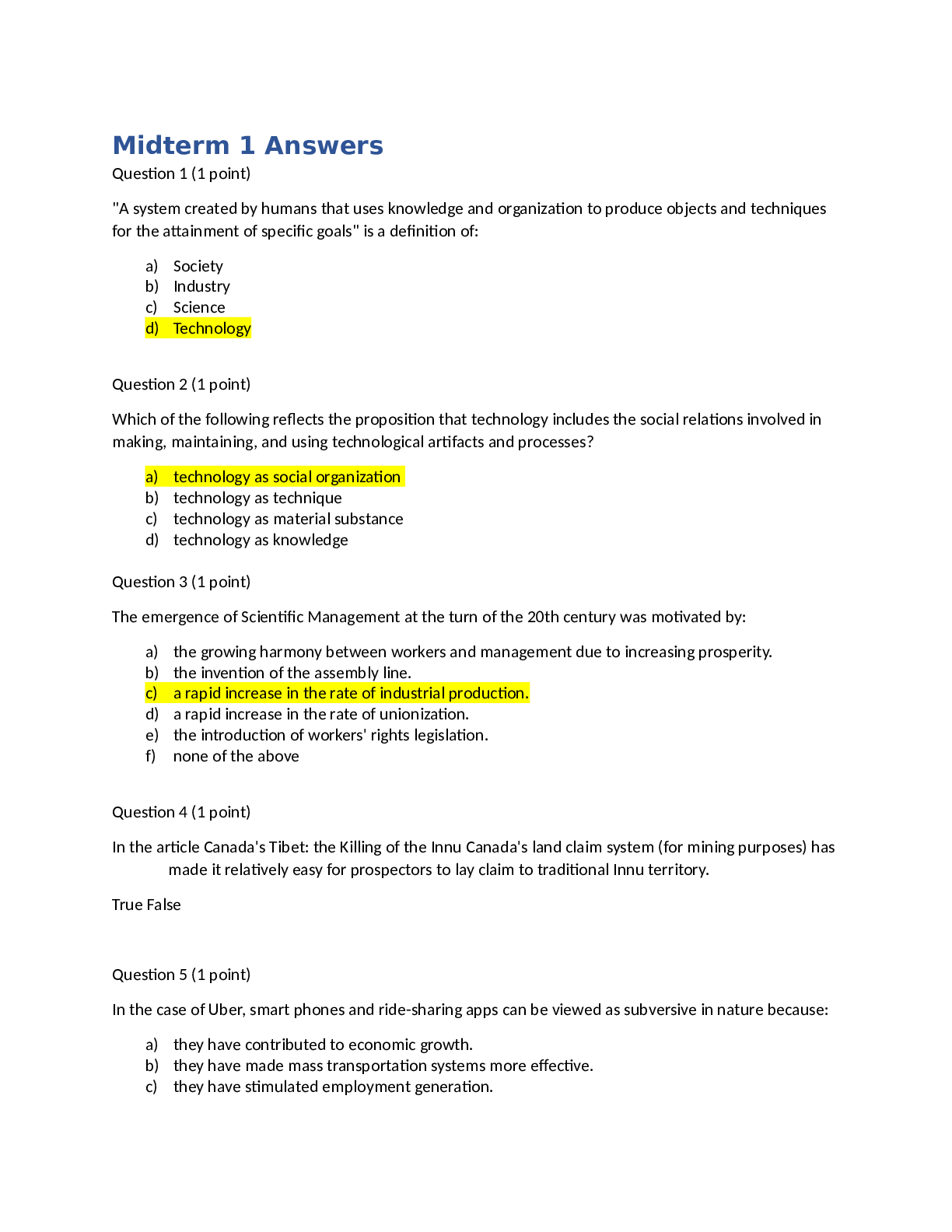


 David L.png)
.png)
